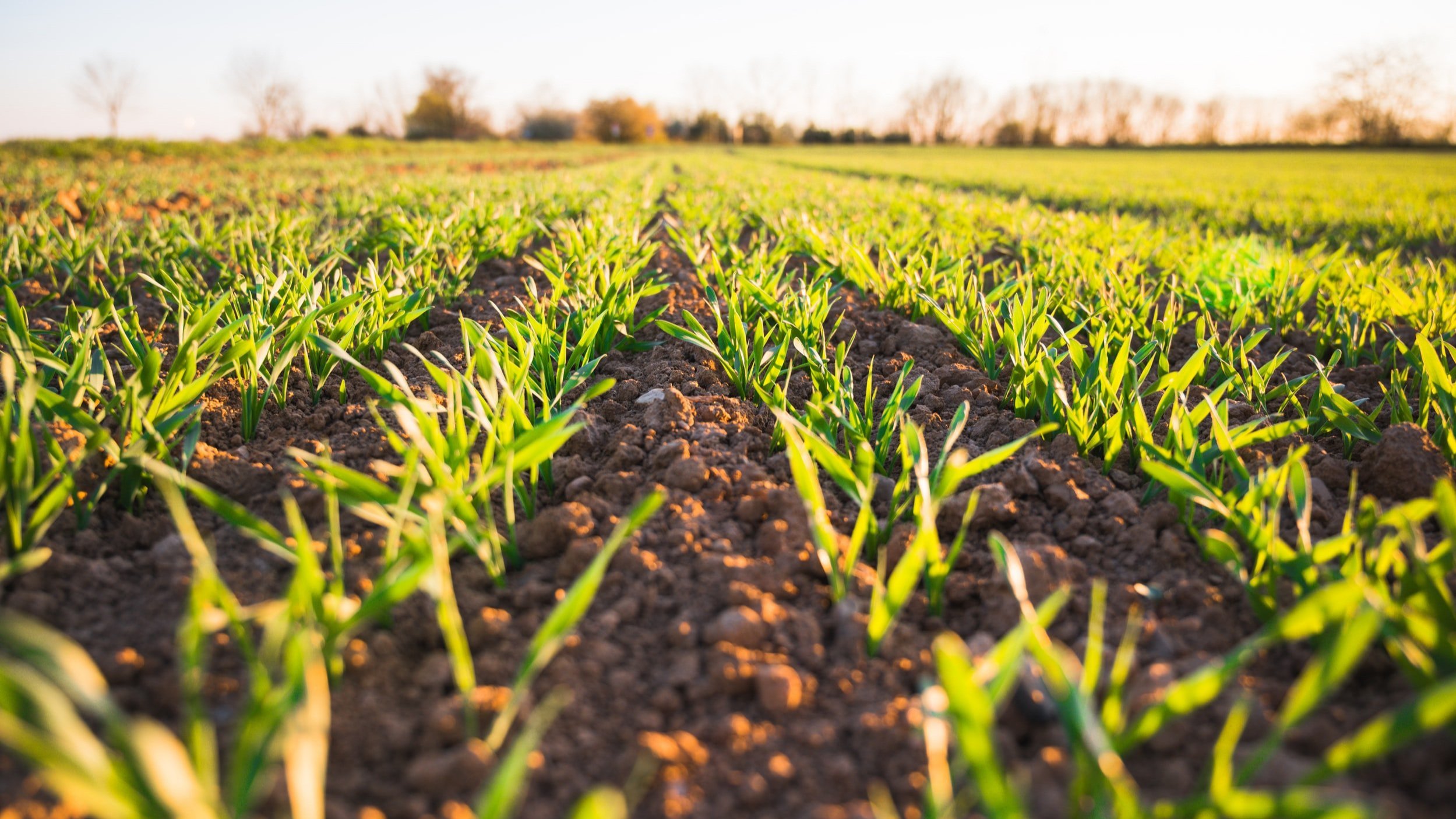The Impact of Agriculture on Biodiversity
Our life-support system and the world we live in is in a critical state and according to The Living Planet Report, global biodiversity loss is at its worst ever[1]. Agricultural land use is responsible for 80% of total deforestation, with the global food system being the single greatest destroyer of the earth’s biodiversity. This decline is driven by habitat destruction to create new farmland, overexploitation of marine and terrestrial species and agricultural pollution of freshwater and marine ecosystems[2].
This loss of biodiversity has altered the composition of wildlife communities and increased their urbanisation, encouraging greater human contact and creating reservoirs of disease. In fact, the loss of biodiversity in the ecosystem, and the adaptability of animals like bats to live in houses, barns, and cultivated fields, creates favourable conditions for the cross-over of disease from animals to humans; and perhaps was even responsible for the COVID-19 pandemic[3]. Currently, scientists estimate that approximately 8.7 million unique species of plants, animals, protists, fungi, and other organisms inhabit the earth, along with countless varieties of bacteria[4]. However, so too do 7.9 billion people.
Preserving the immense genetic diversity in crops and livestock, and the diversity of all life on earth is vital to the health of our planet. Treating crops and livestock like components on an assembly line, whilst situated within a dynamic system reliant on wild species and genetic diversity has serious implications for our own domesticated food supply. Agriculture becomes vastly more profitable when done at scale, but this should not be at the expense of biodiversity. Maintaining and re-building wild ecosystems must now be a focus as we embrace sustainable agriculture with eyes wide open.
So, what is the answer? There is no magic bullet, no one thing we can do, but there are lots of things we can and must try to do. We must develop a global food strategy for preserving biodiversity, which includes growing crops in a more land-efficient and input efficient manner, better controls, planning and restrictions for land clearance that minimises habitat destruction, and education directed at reducing food waste and improving diets in alignment with sustainable agricultural practices.
Creating safe spaces for food production in isolation from natural environments, using biomimicry, is a practice that is being embraced by controlled environment agriculture (CEA) and vertical farming. These agricultural practices can grow crops locally, reduce food miles, eliminate the need for pesticides, produce clean food at scale, recirculate water, and in some cases harness renewable energy. These sustainable practices are key components of this exciting and emerging technology that are in use today, although the real economic and environmental costs of CEA are still being fully explored. Energy efficiency will be a key focus of the sector as we move forward, and the sector needs major innovation as resources are actively employed with the hope that the sustainability credentials of the sector will be validated in the coming years. There is no room for greenwashing, but there is scope to hope that future farmers will be empowered with the right tools to allow restorative, regenerative, and biodiverse farming to thrive, while also managing to produce enough food for an ever-expanding global population.
If you are considering or are in the process of developing innovative Agri-tech solutions that may have the potential to positively impact biodiversity, get in touch to discuss how Earle & Associates can support you.
[1] https://earth.org/data_visualization/biodiversity-loss-in-numbers-the-2020-wwf-report/
[3] Platto et al., 2021. Biochem Biophys Res Commun. 2021 Jan 29; 538: 2–13.
[4] Sweetlove, Lee. “Number of Species on Earth Tagged at 8.7 Million.” Nature News, Nature Publishing Group, 23 Aug. 2011, www.nature.com/news/2011/110823/full/news.2011.498.html


